As agile as an acrobat in the air this bird’s sensu (Japanese fan) like tail allows them to duck and weave in style!
Meet the Rufous Fantail

The rufous fantail (Rhipidura rufifrons) is a small to medium Passerine bird ranging from 14.5 cm – 18.5 cm in length, weighing roughly 10 grams. The forehead is a richly reddish-brown color across the eyes, under which there is a white arc. The top of the head, back of the neck, and upper back, transition from olive to reddish-brown color, which then blends into a blackish-brown, long, fan-shaped tail. Ear-coverts are black, the throat white, and there is a black bar across the upper breast. Below this, the lower breast is off-white with scale-like black spots.
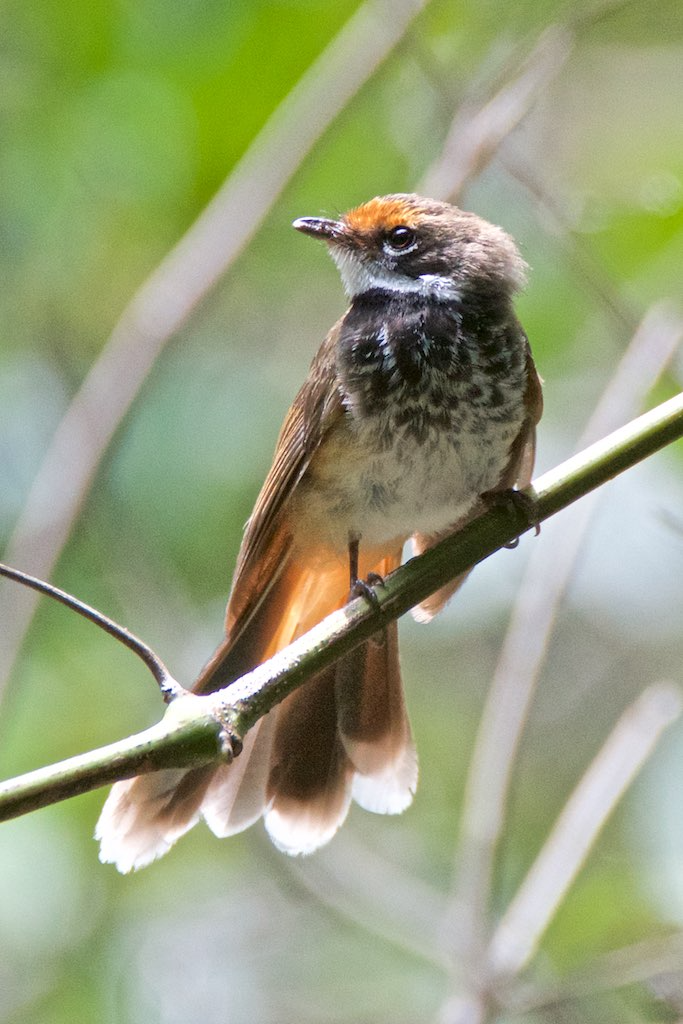
“BVR_1560” by Bird Brian is licensed under CC BY 2.0.
The eyes, bill, and feet of the bird are all brown.
Males and females look very similar, though generally speaking, females are smaller in size.
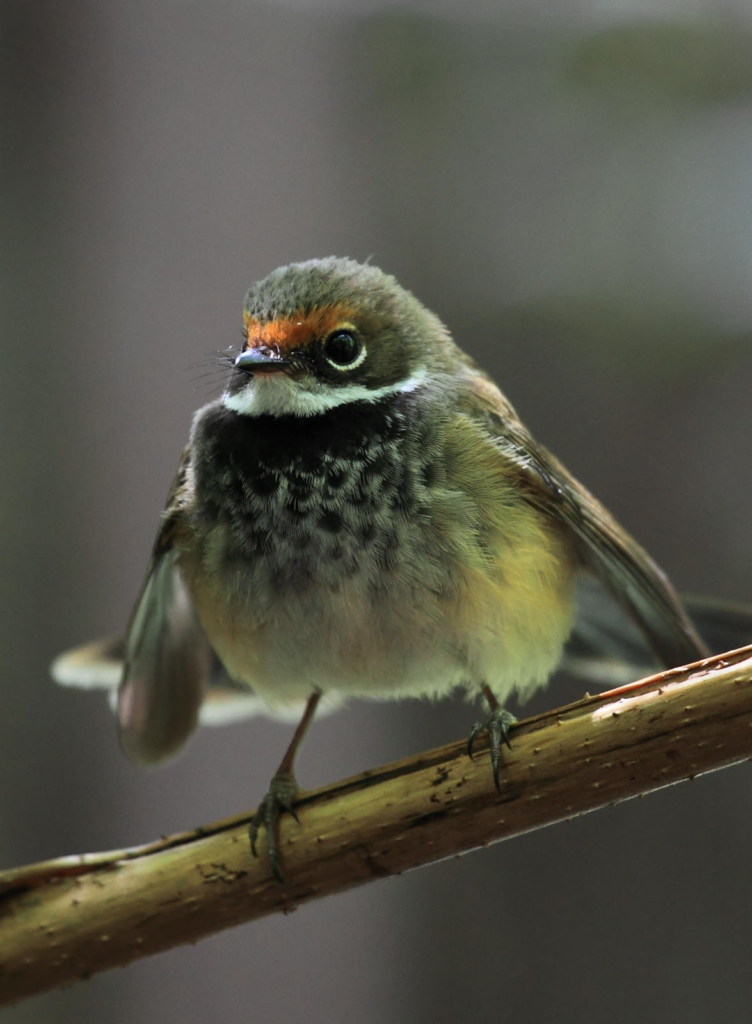
“Christopher Watson (http://www.comebirdwatching.blogspot.com/) is licensed under CC BY-SA 3.0.
Populations of this bird can be found in Australia, Indonesia, Micronesia, New Guinea, and the Solomon Islands.
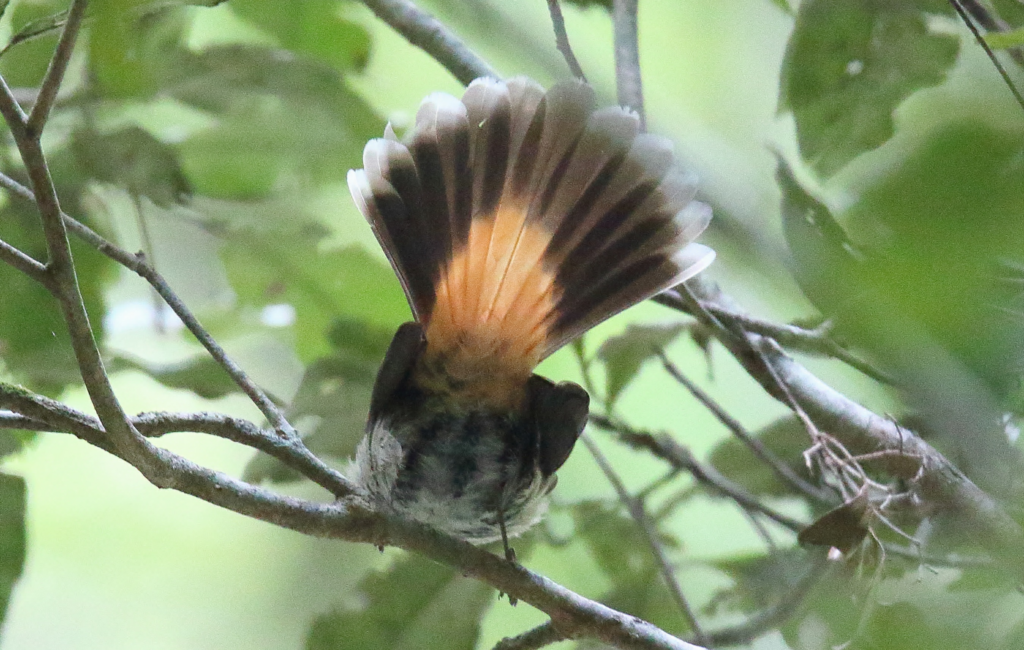
“File:Rufous Fantail (Rhipidura rufifrons) (30594839244).jpg” by Dominic Sherony is licensed under CC BY-SA 2.0.
In these locations, Rufous Fantail prefers to live in rainforests, wet forests, swamps, and woodlands, along with mangroves.

“File:Rufous Fantail on nest.JPG” by Mdekool is licensed under CC BY-SA 3.0.
In forested areas Rufous fantails occupy the lower levels of their habitat, in the understorey or the sub-canopy, rarely straying no further than 6 m from ground level. Here these acrobatic birds hunt and dine on insects.
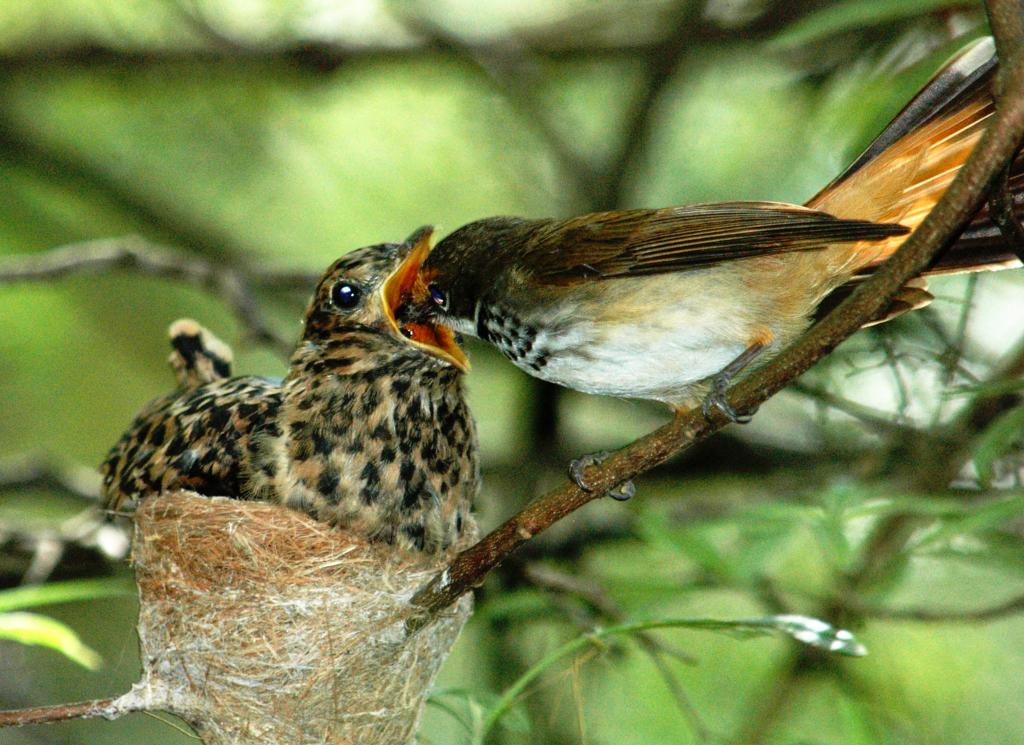
“File:Rufous Fantail feeding Brush Cuckoo, Bunyip State Park.jpg” by Damien.cook.frog is licensed under CC BY-SA 4.0.
Nesting in pairs, Rufous fantails will search for a nesting site together with the female having the final say. Suitable sites are usually located in rainforest regions or sheltered, humid gullies with good cover. The nest is usually found in a fork close to a water source, such as a stream. The structure of the nest is often compared to a wine glass with a broken bottom stand. The nest is built, usually, in November, December and January, built using thin strips of tree bark, grass, moss rootlets, and decayed wood. Three to four eggs are laid within, light brown in color with purplish markings and spots, which are round and oval in shape. Both parents engage in parental care of the young once they have hatched. Young are fully-fledged after four to five weeks.
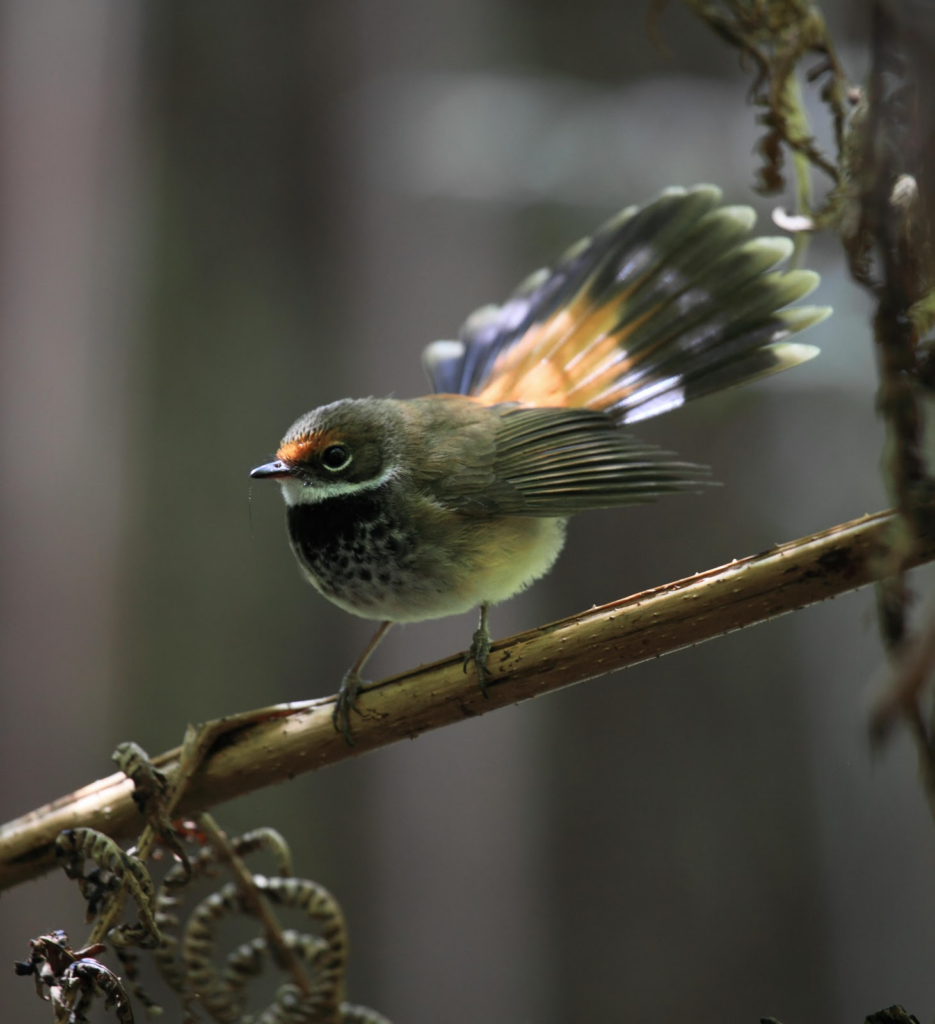
Christopher Watson (http://www.comebirdwatching.blogspot.com/) is licensed under CC BY-SA 3.0.
The range of this species is vast with a population thought to be in decline, but not rapidly enough to be placed into vulnerable status. Therefore, the species is of least concern as classified by the IUCN list.
Watch this bird right here in the video below:




